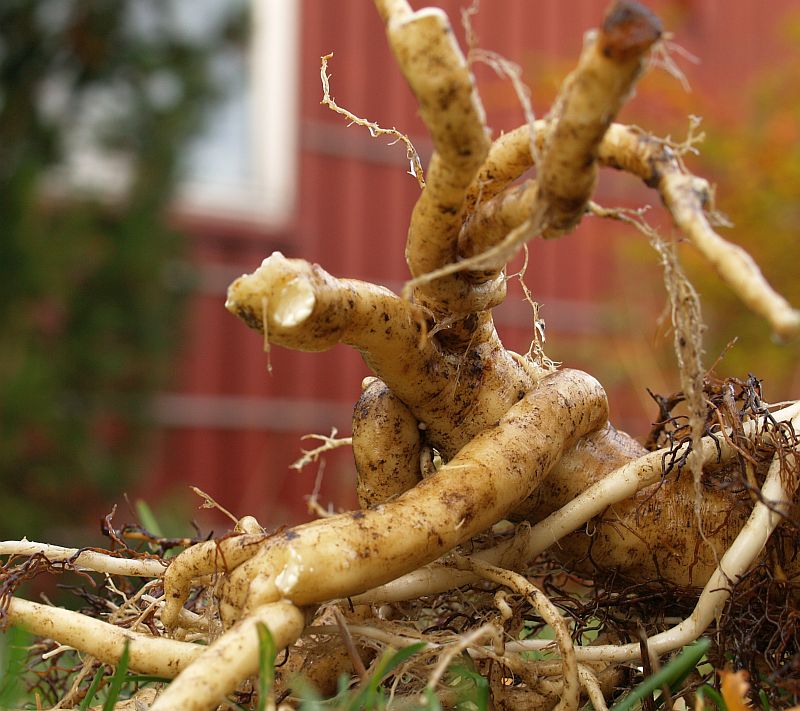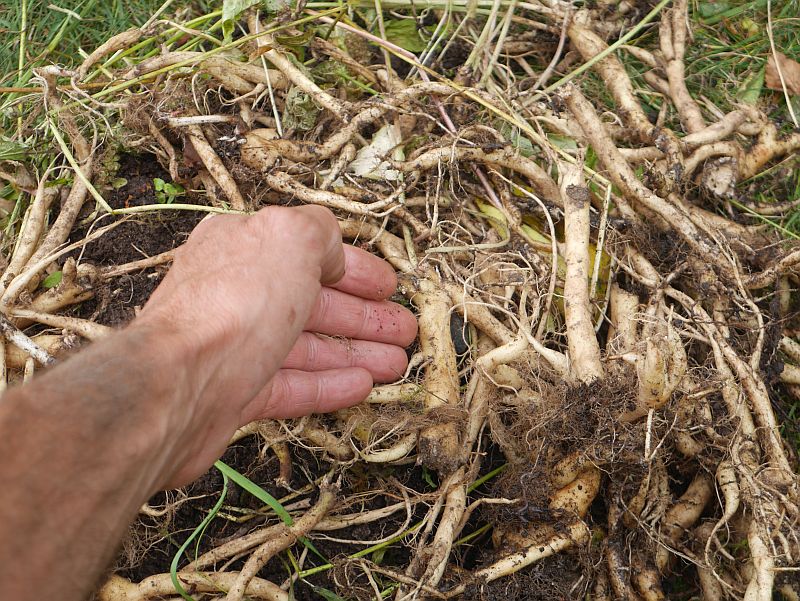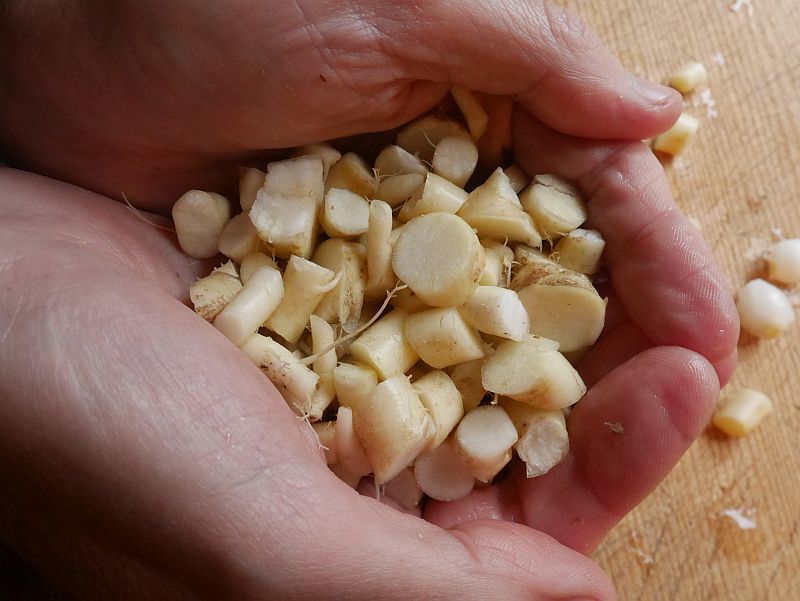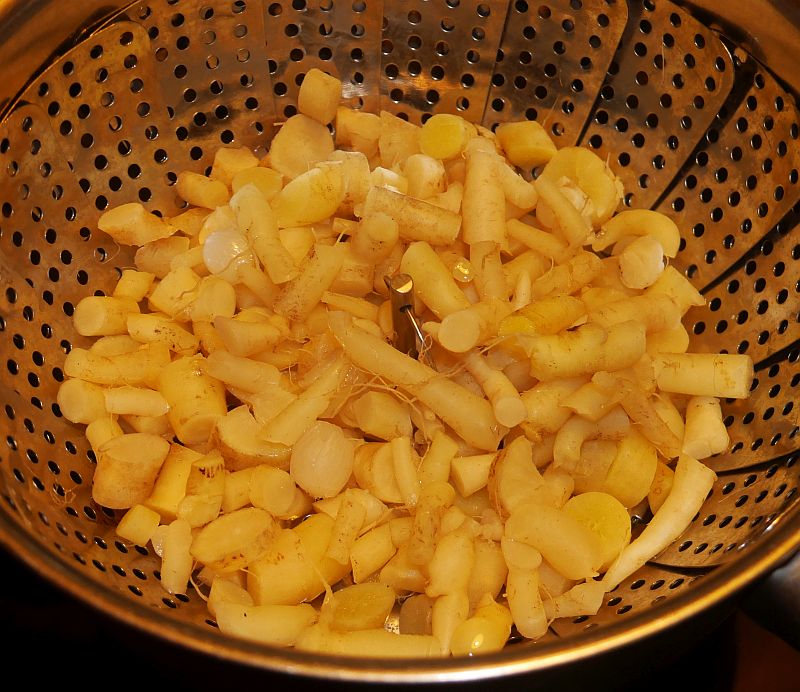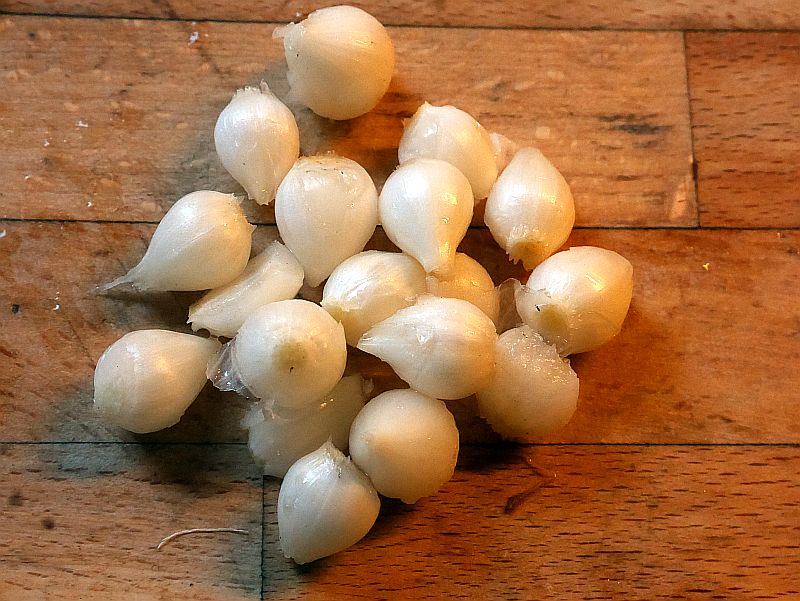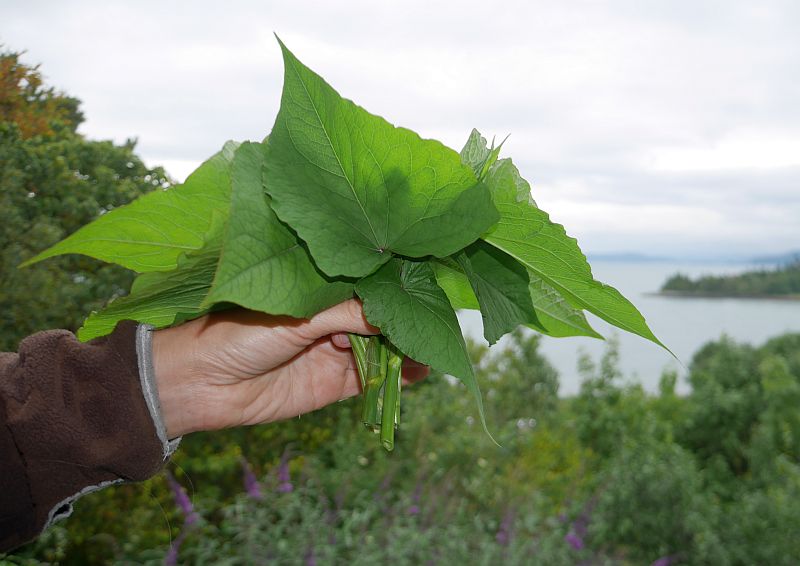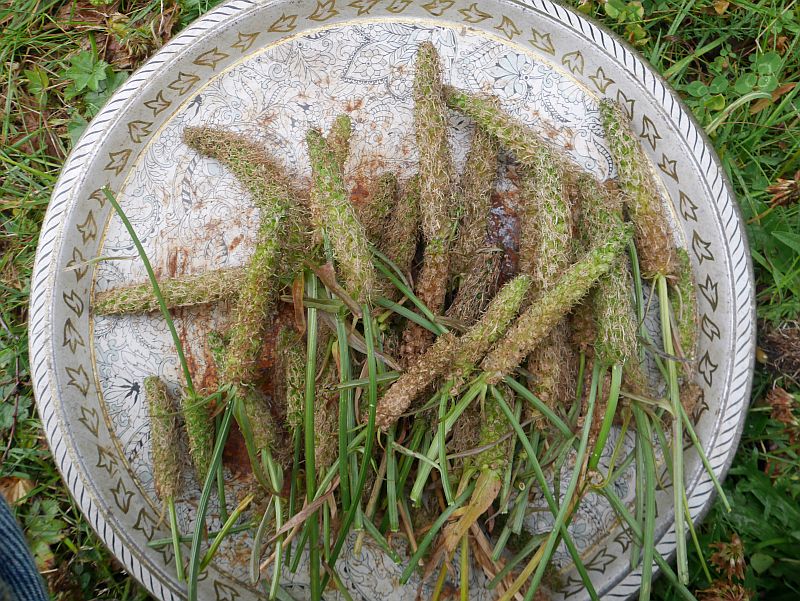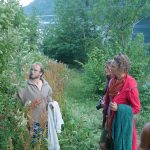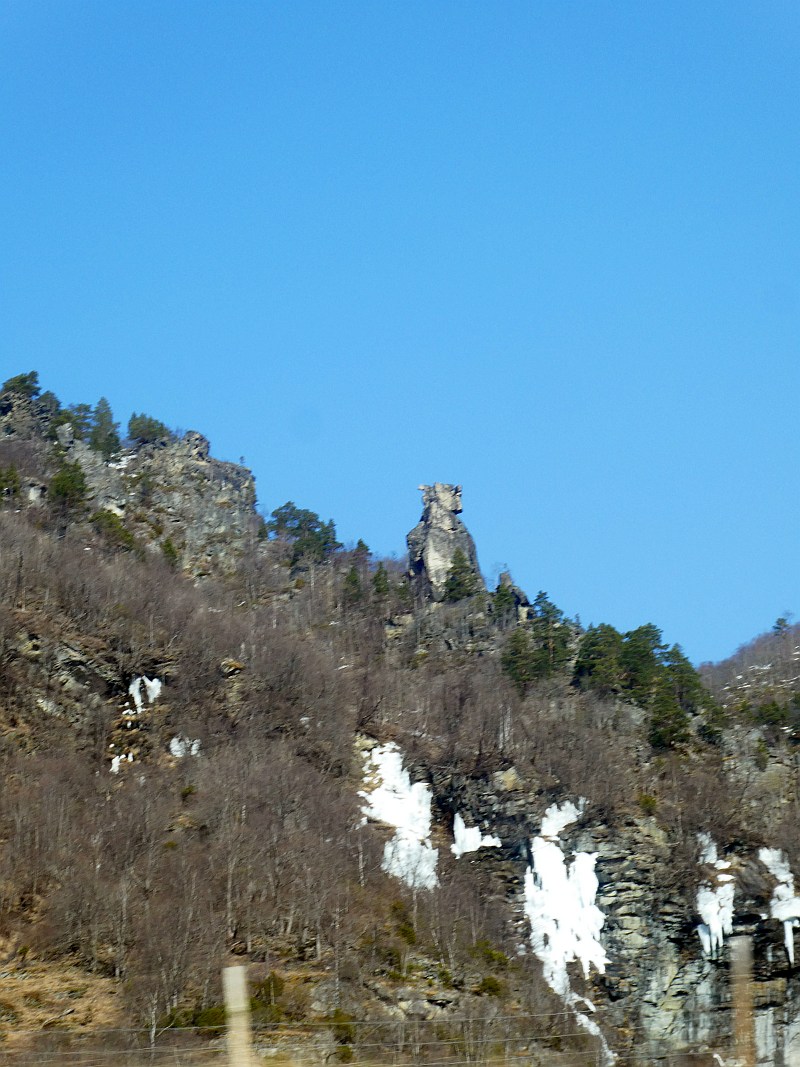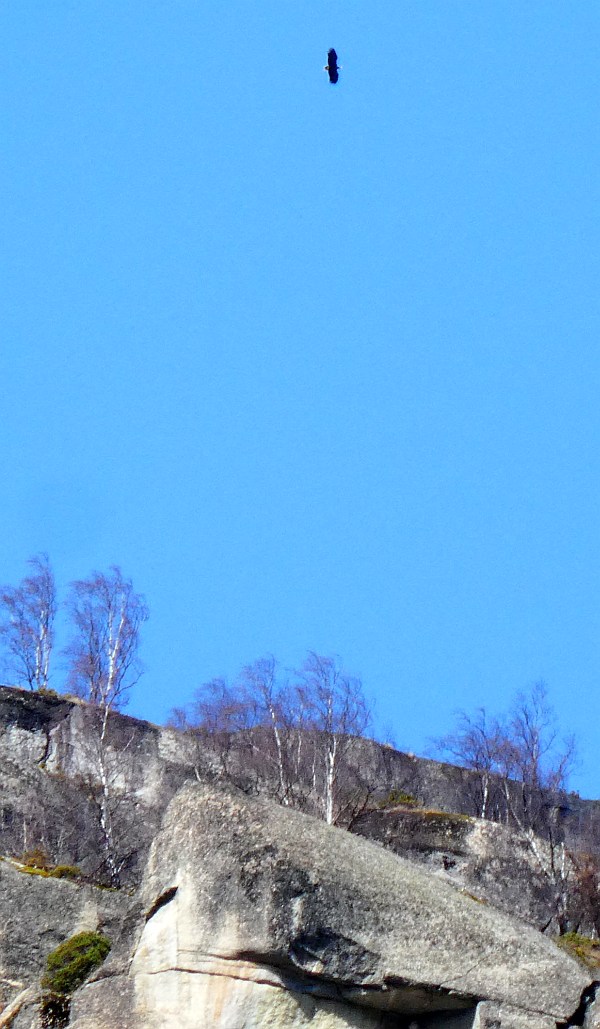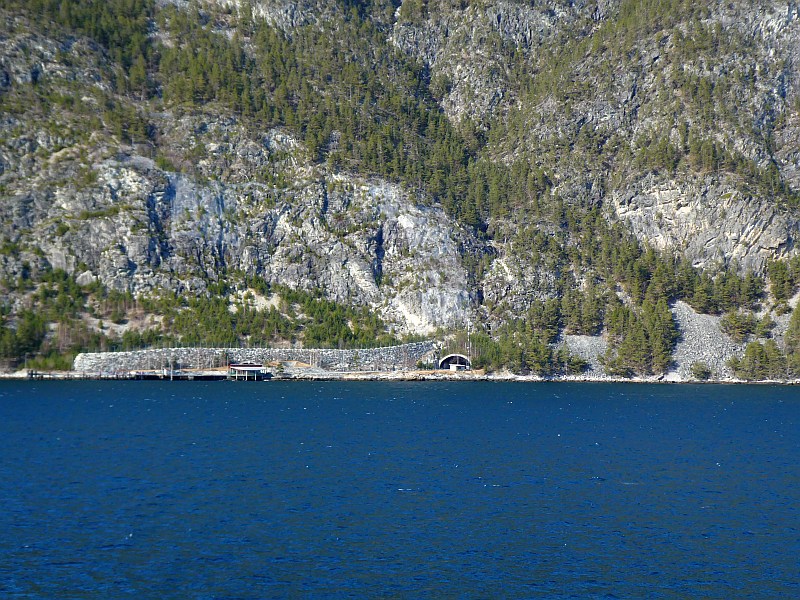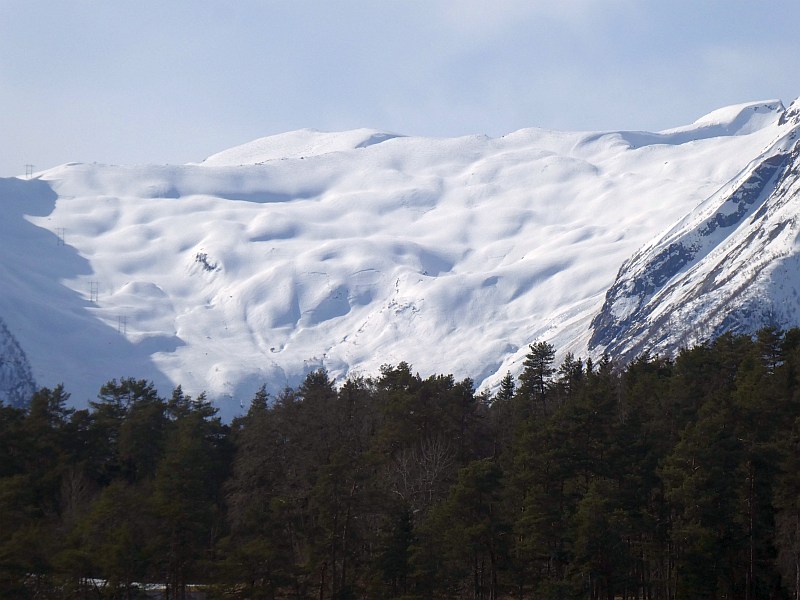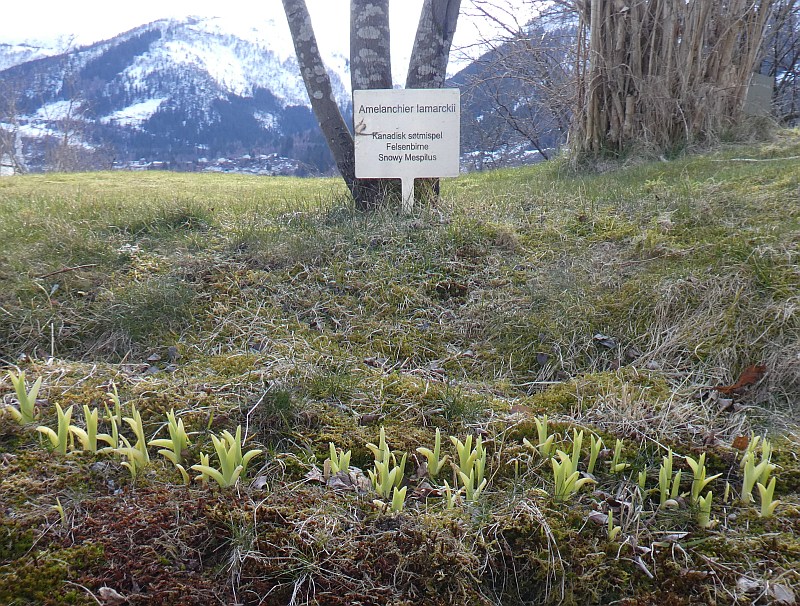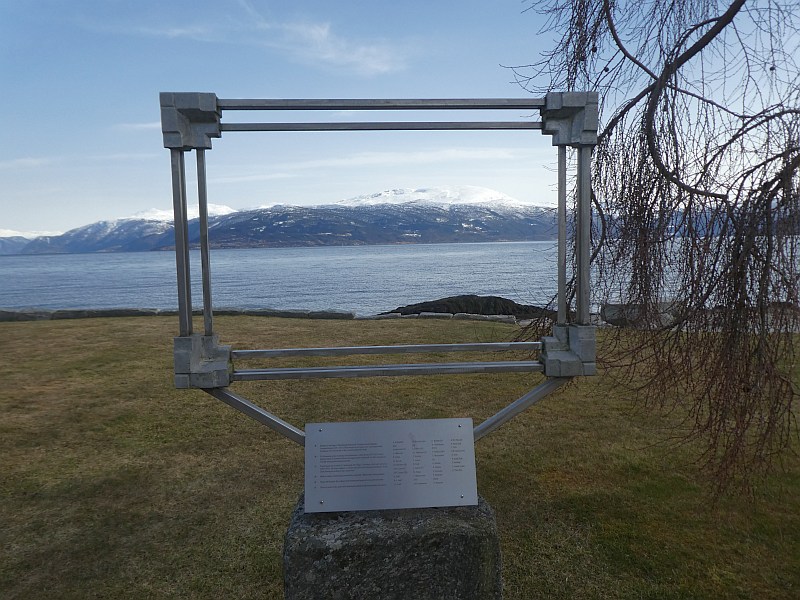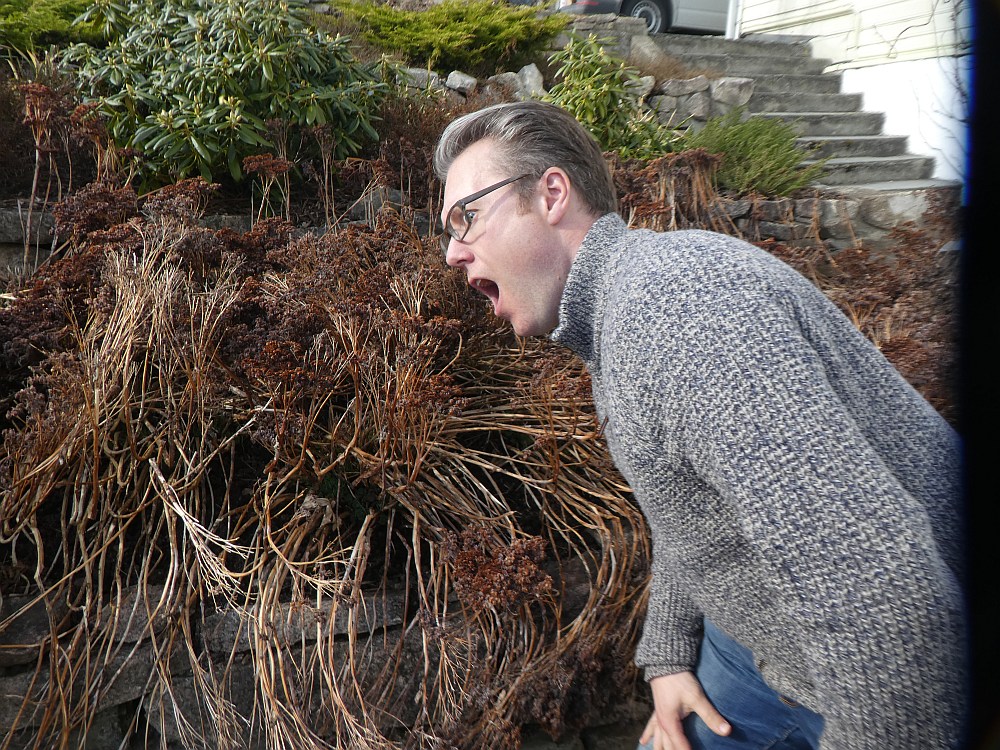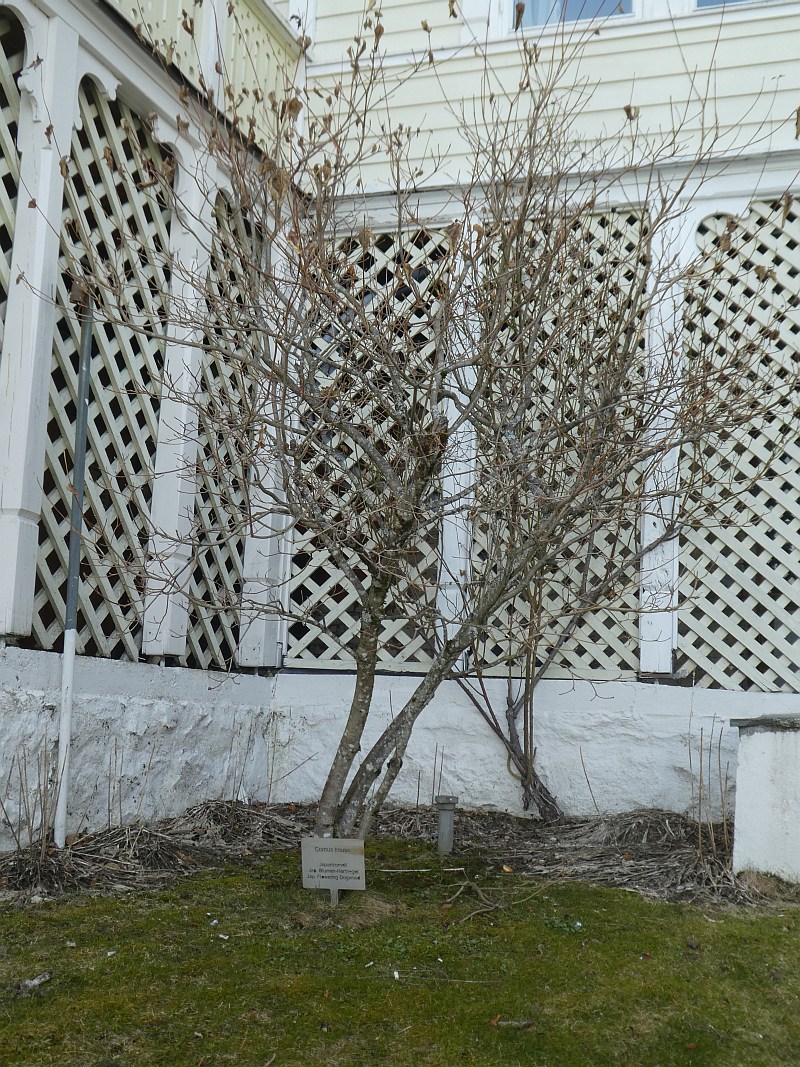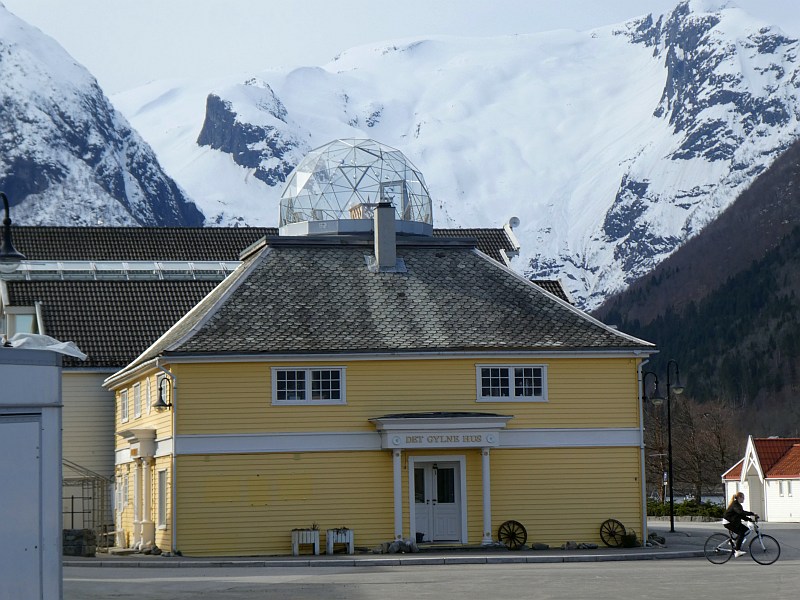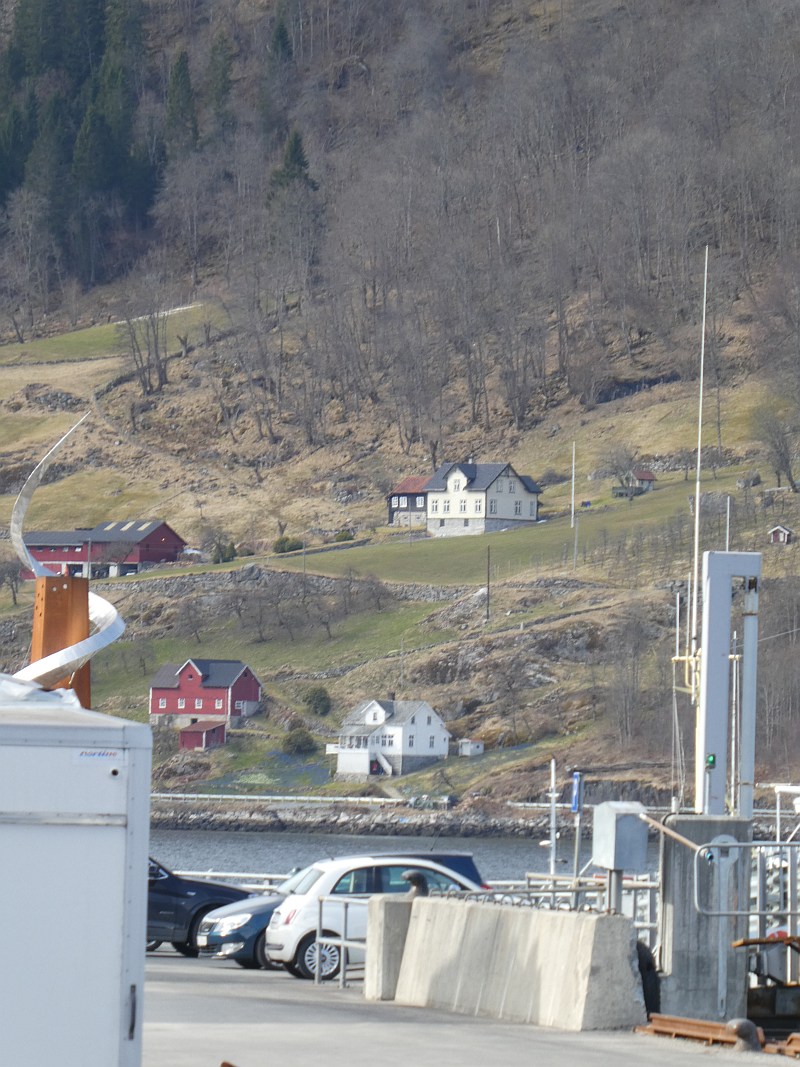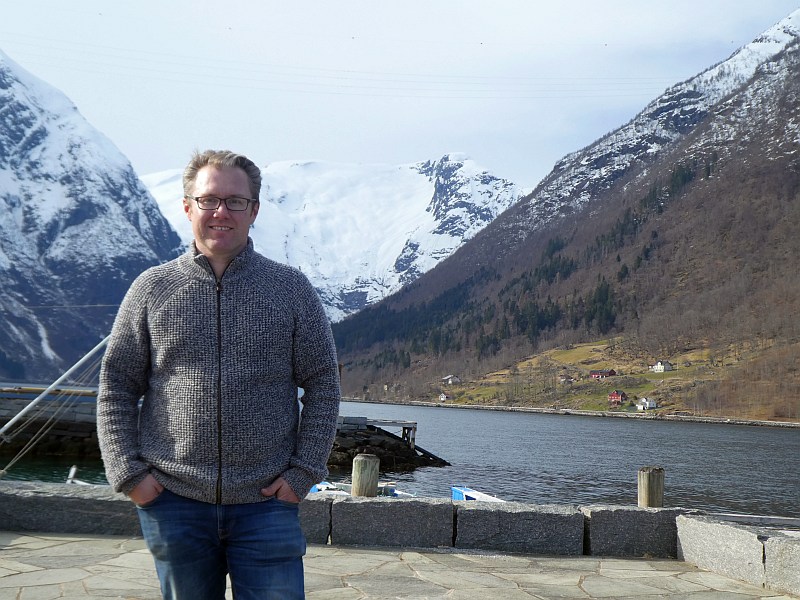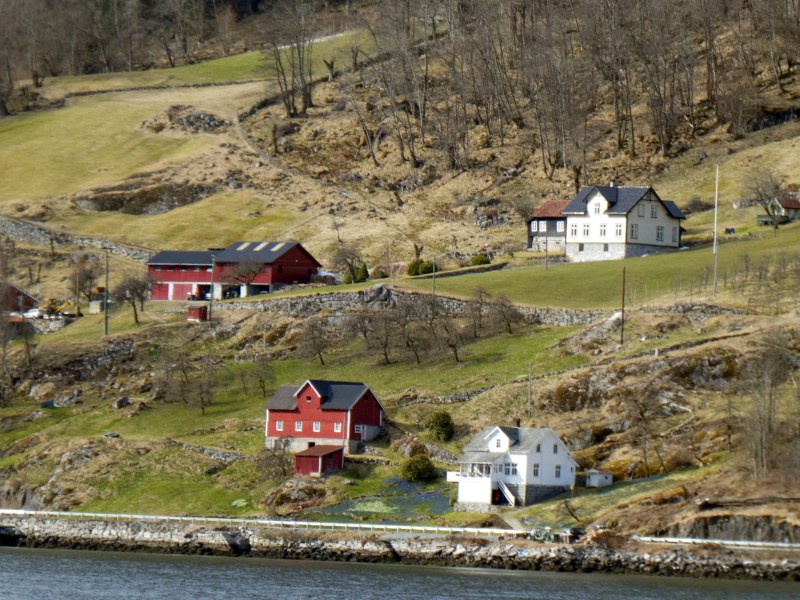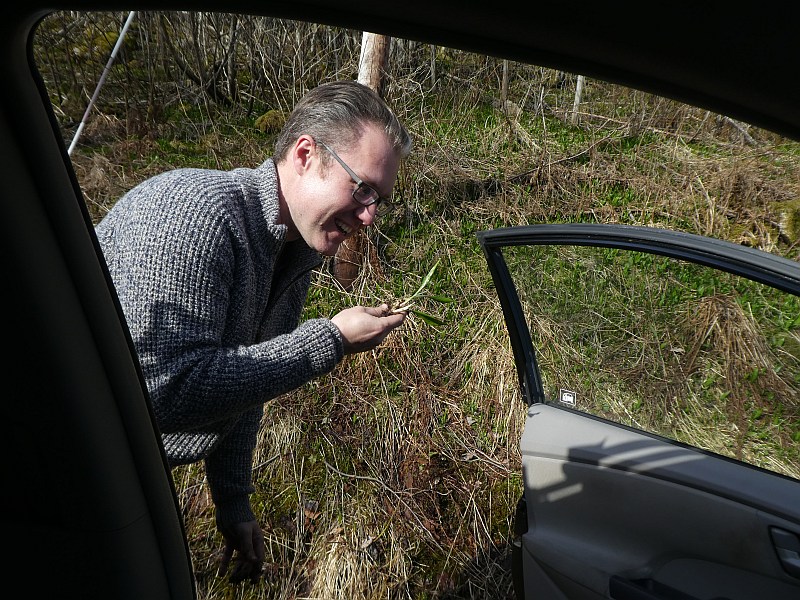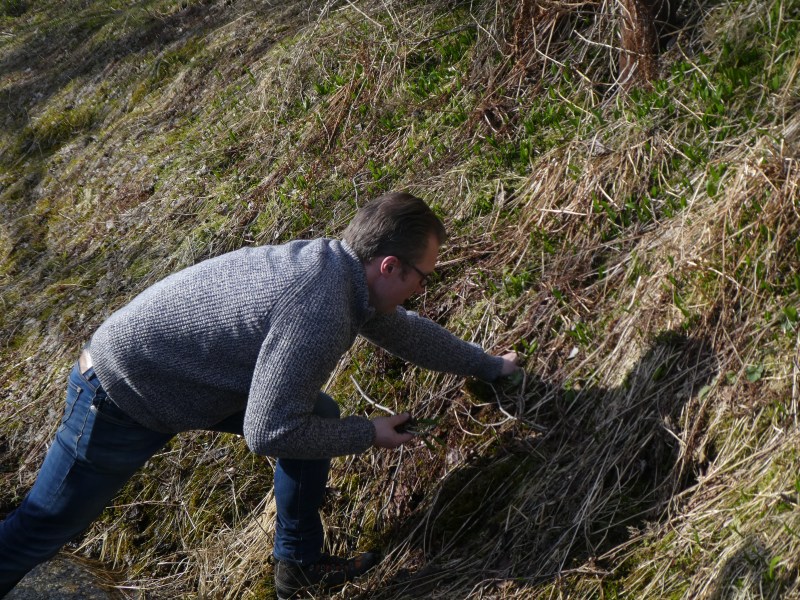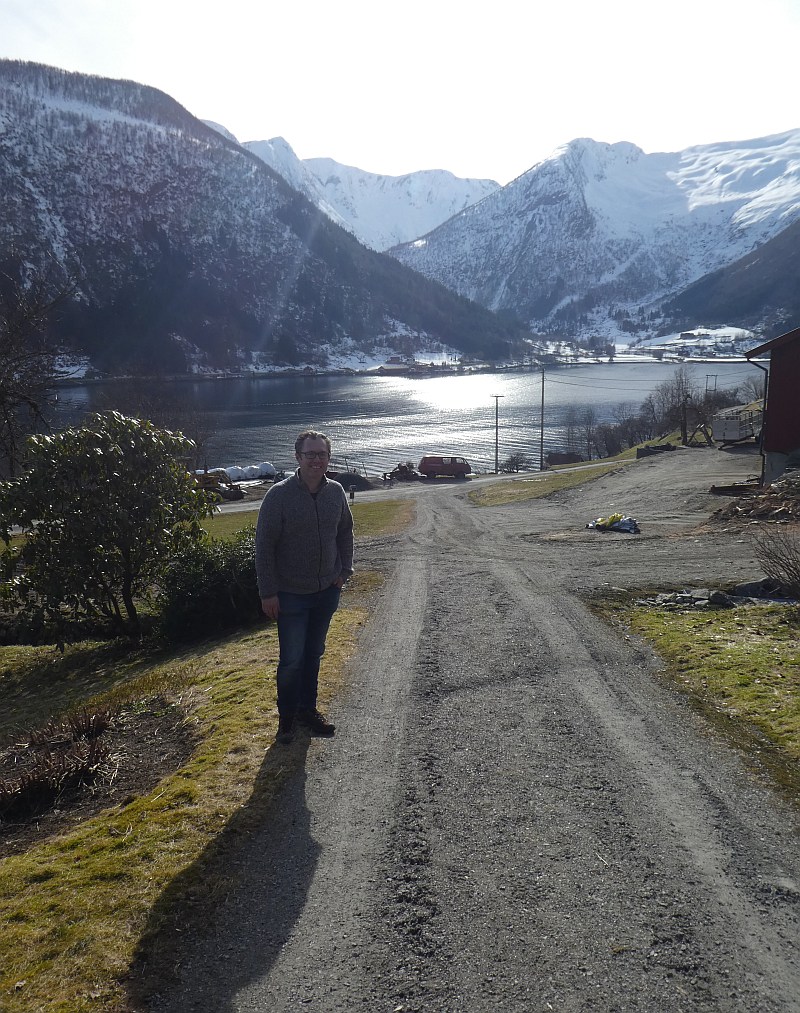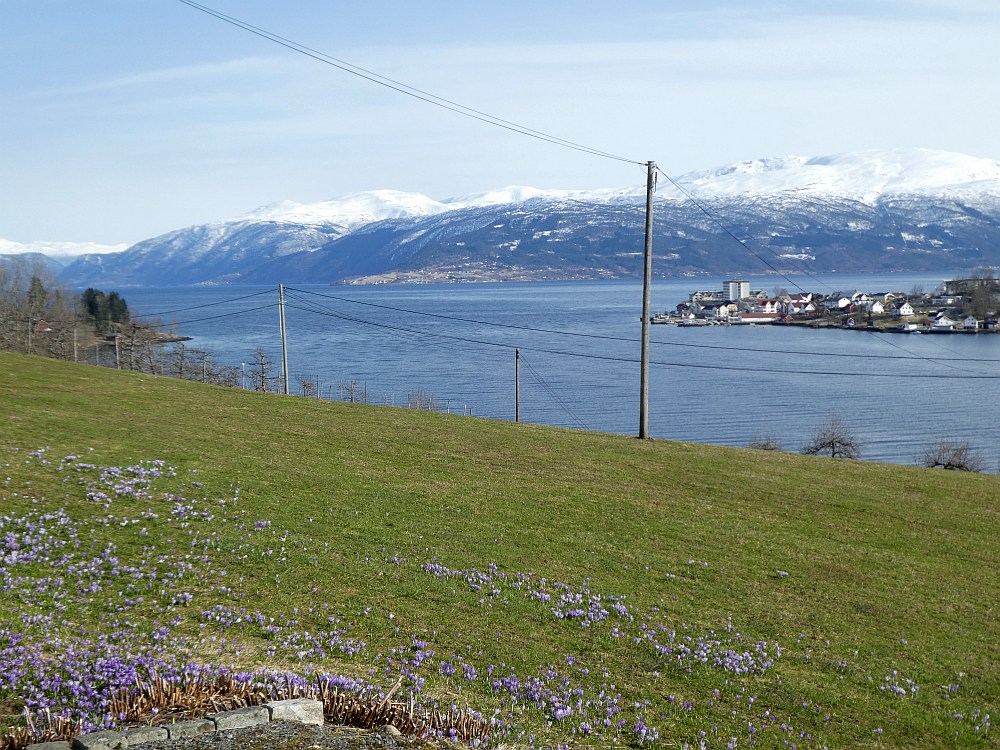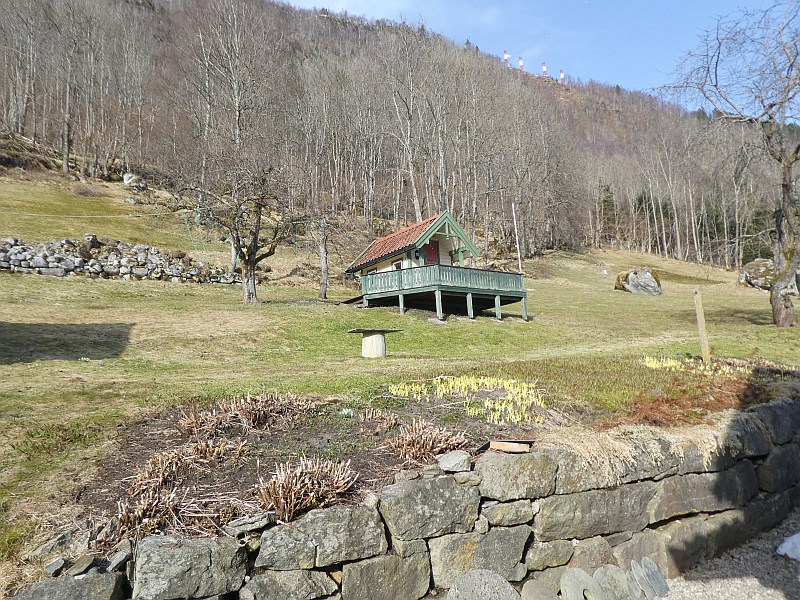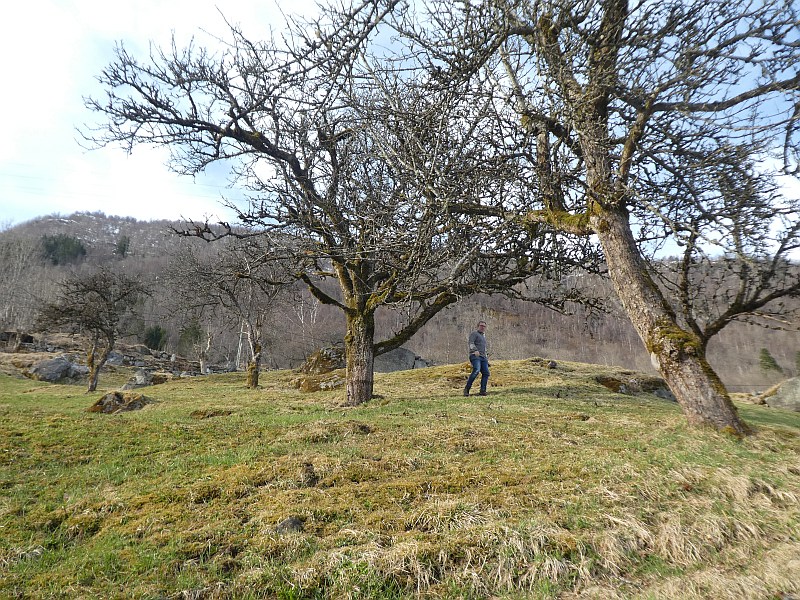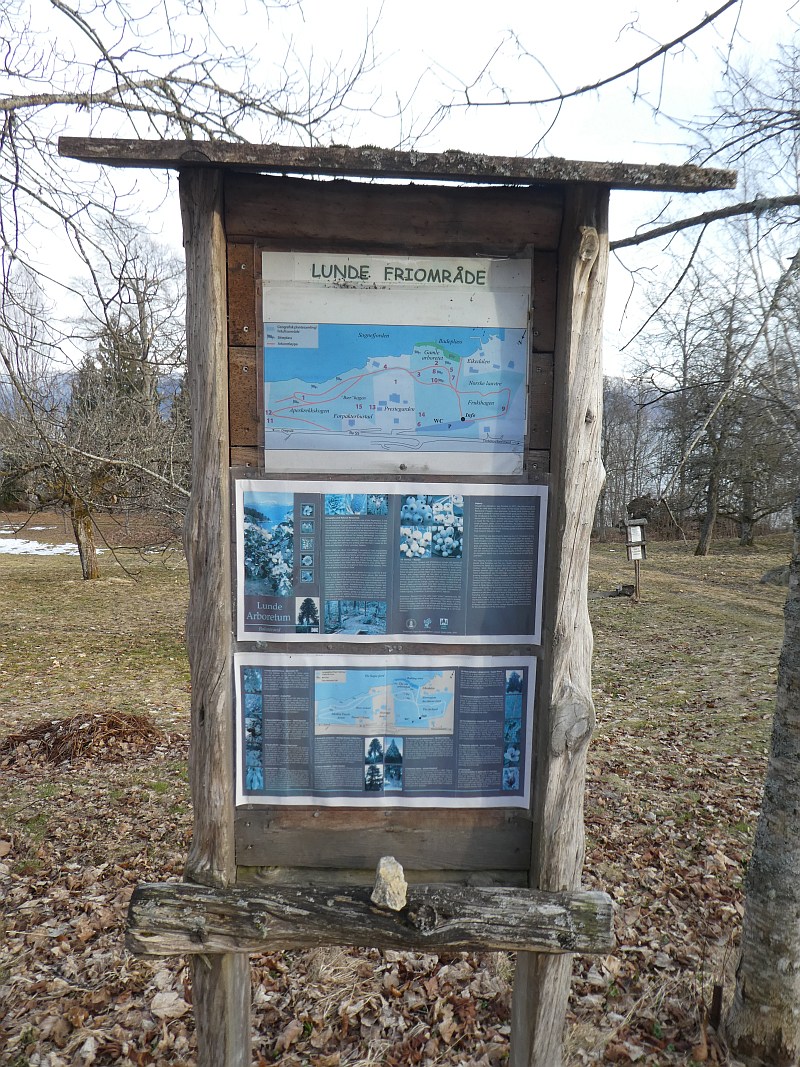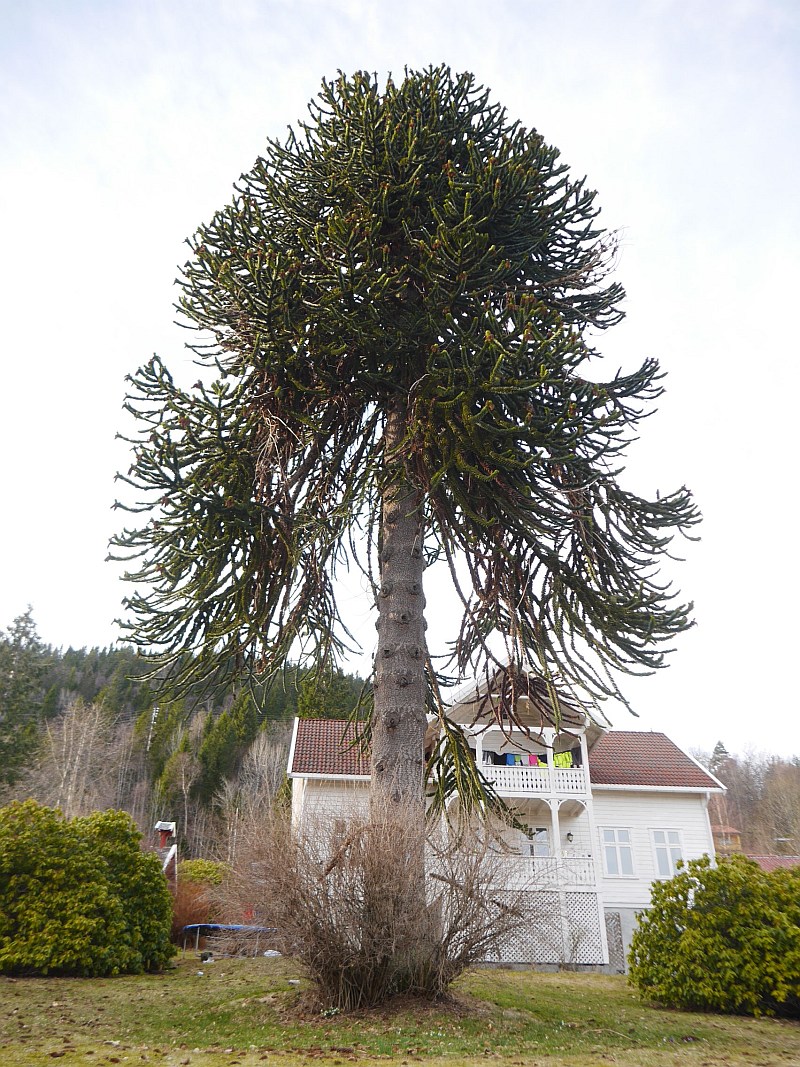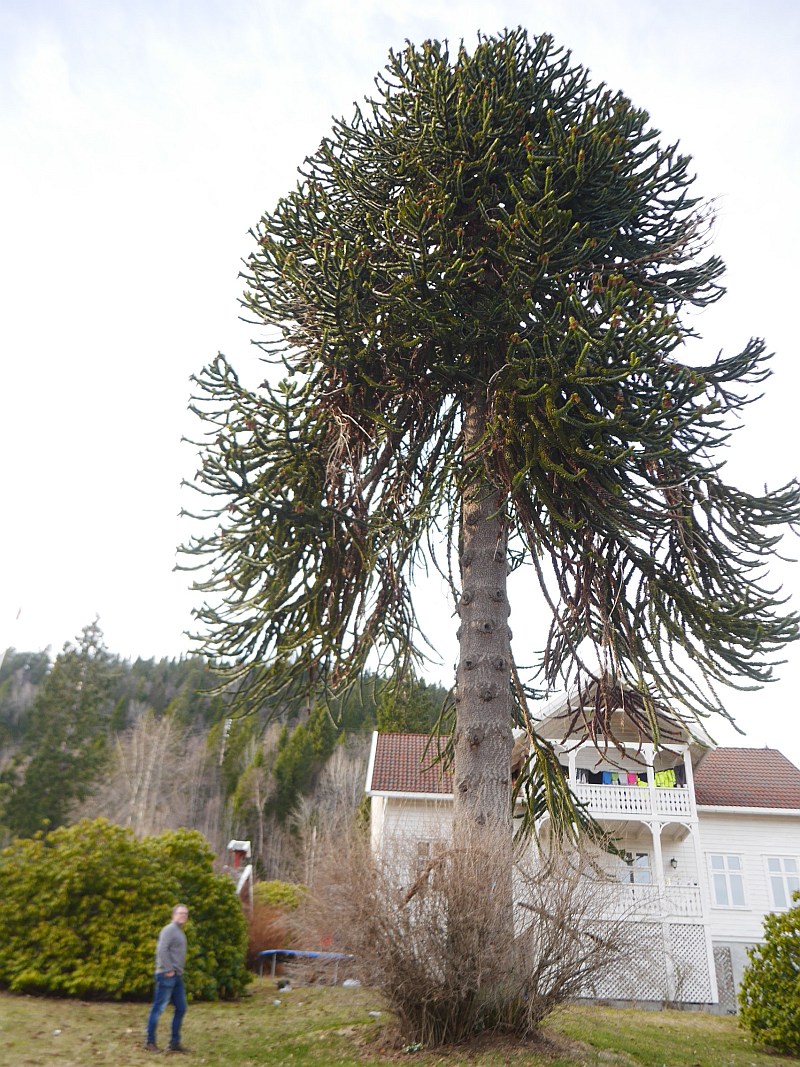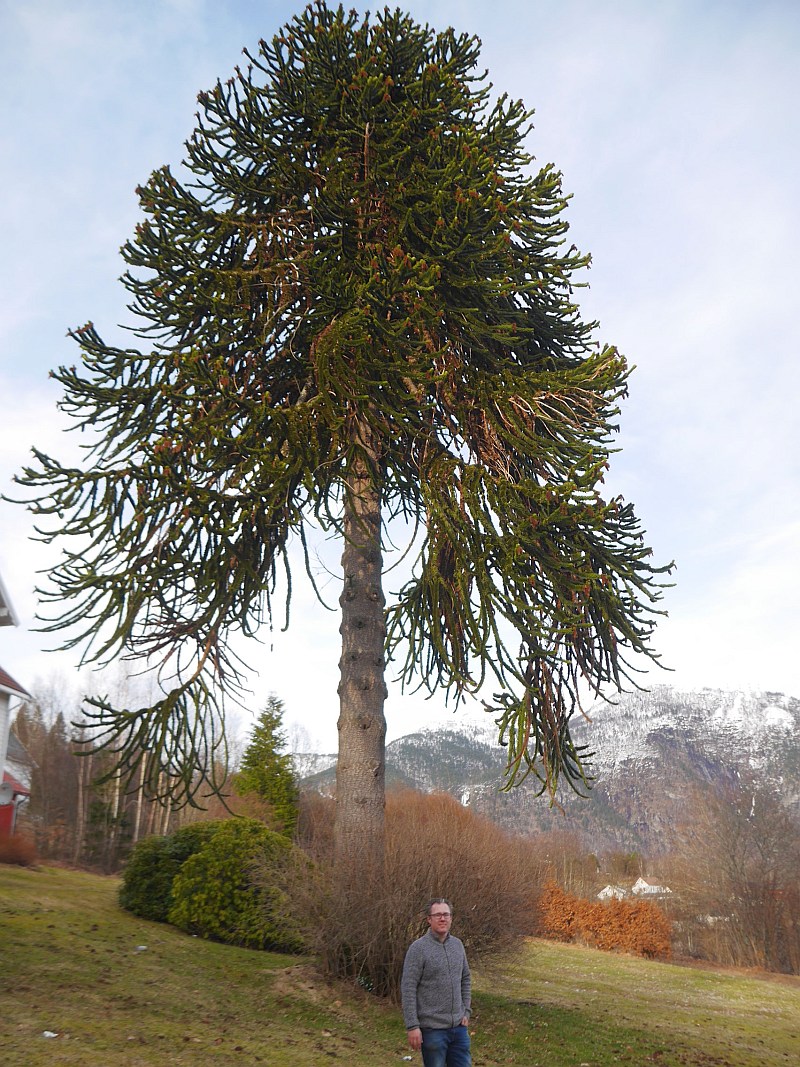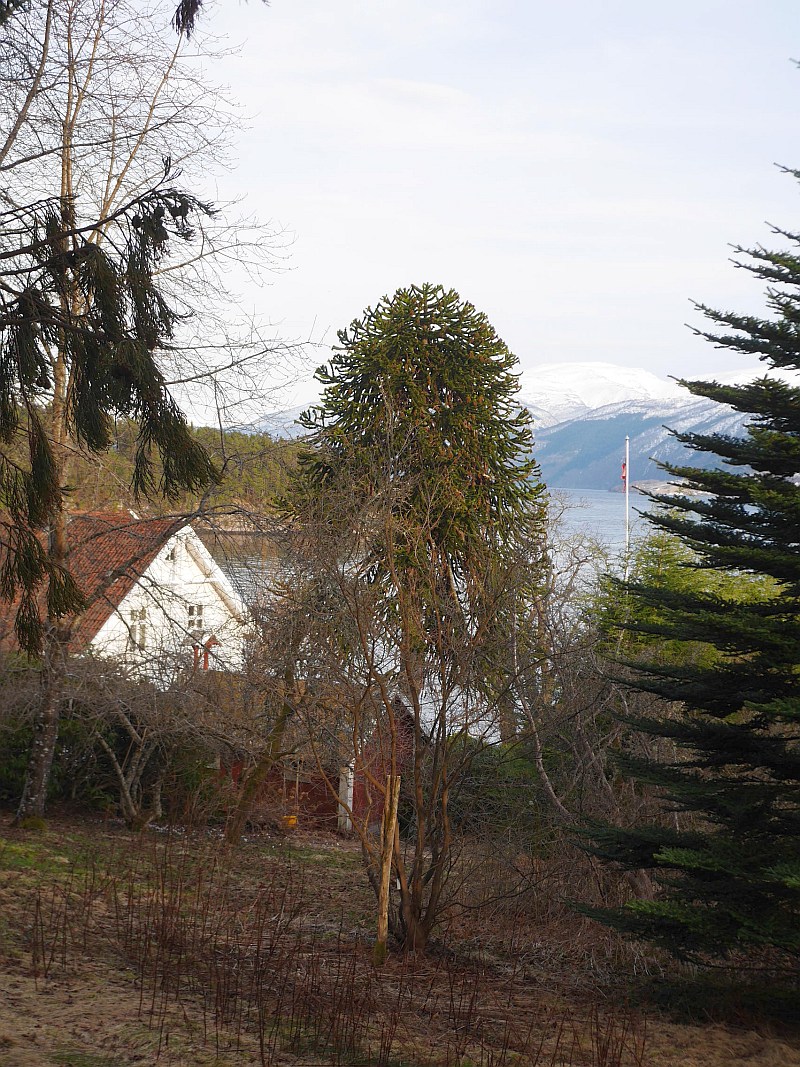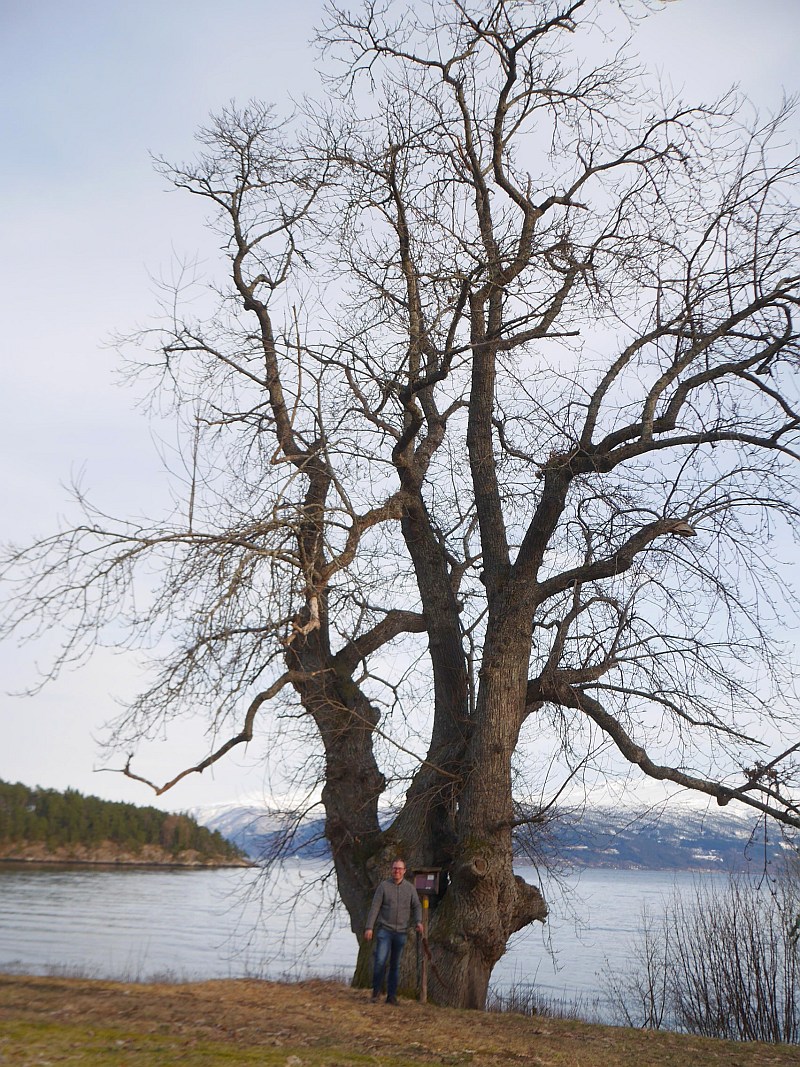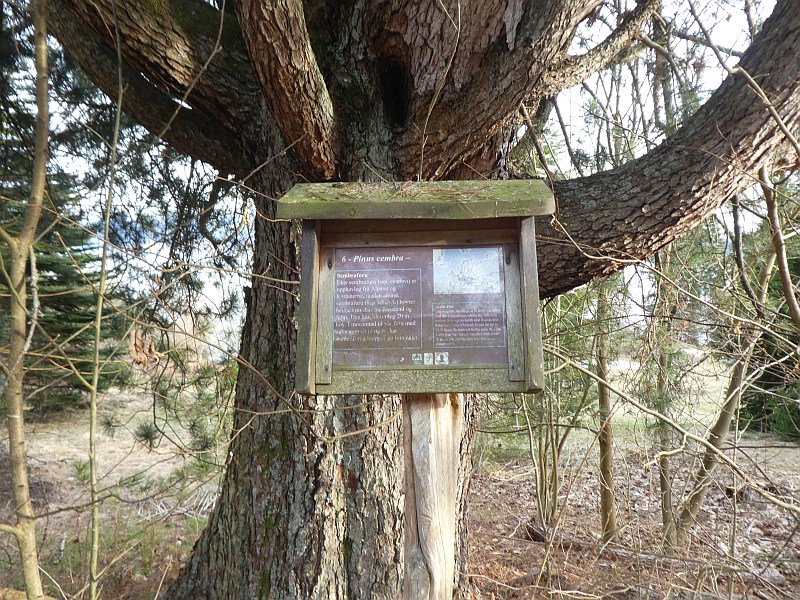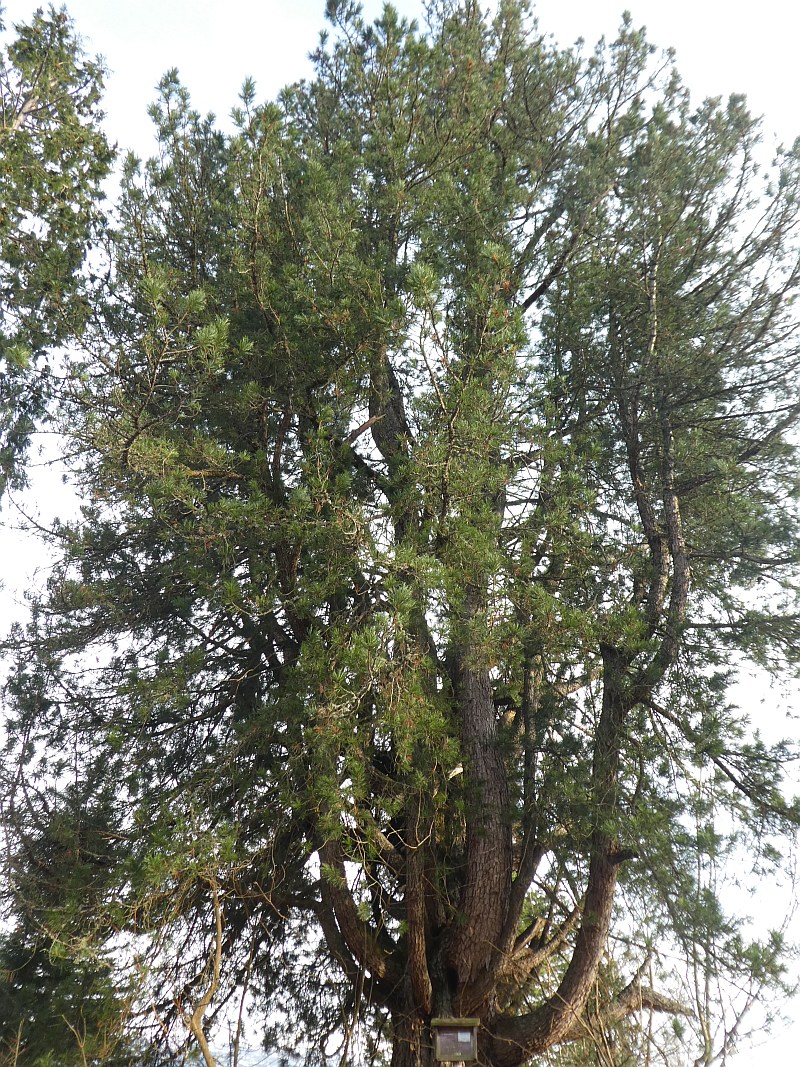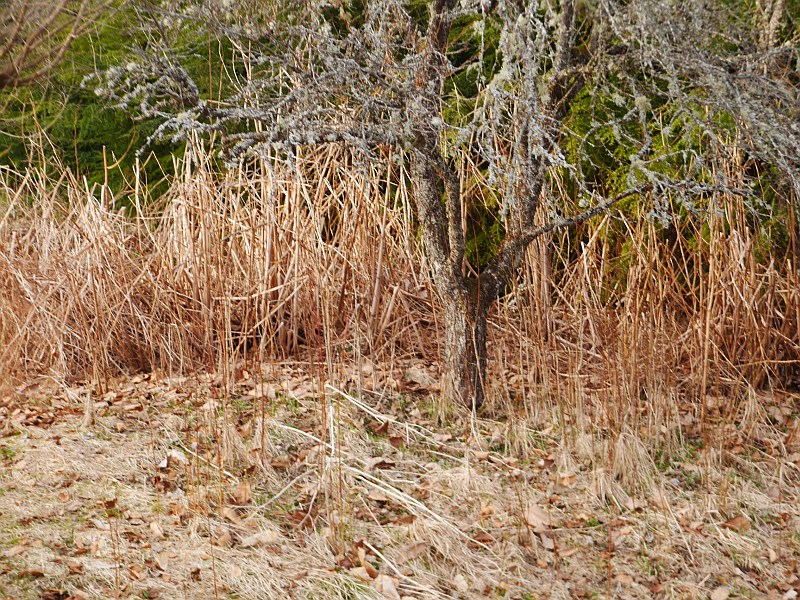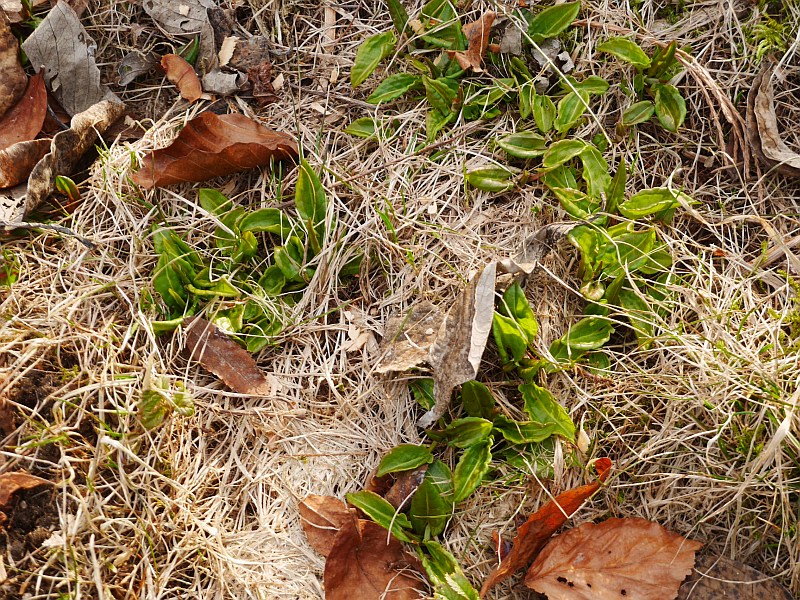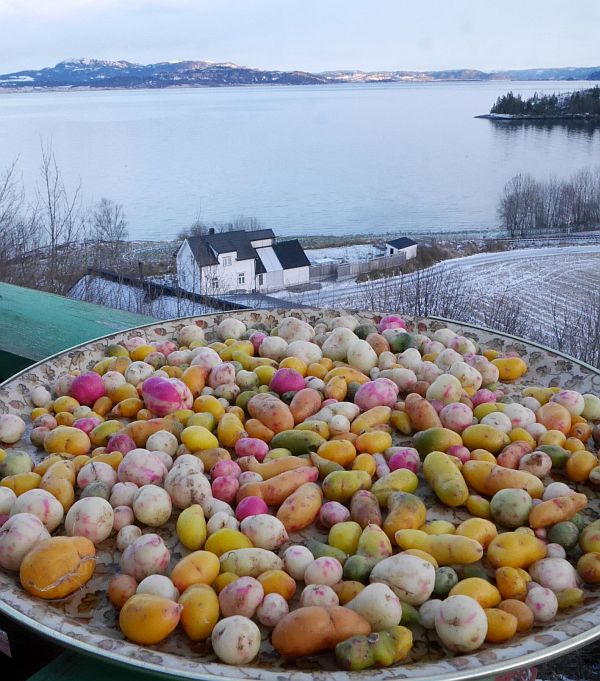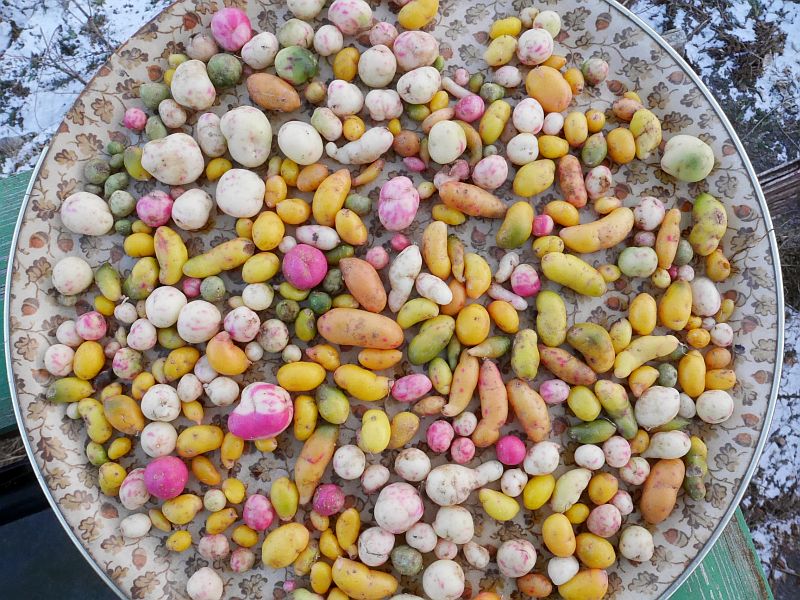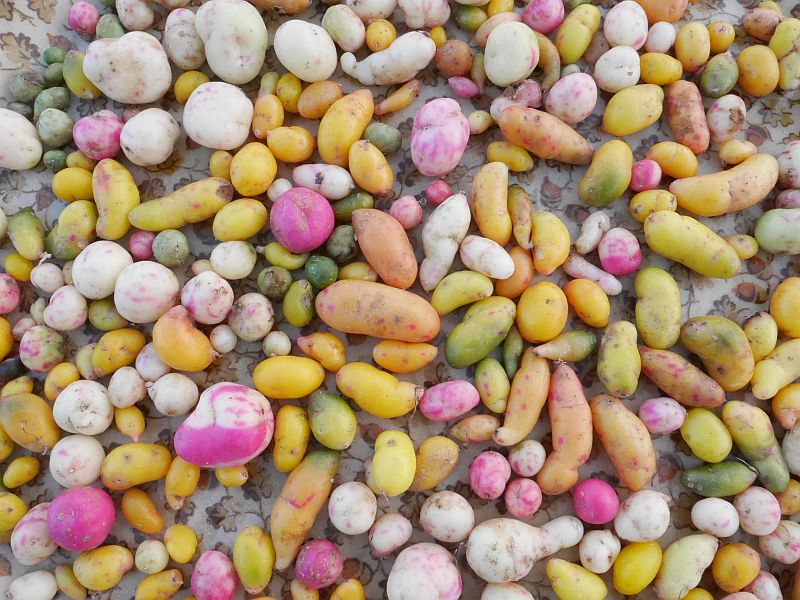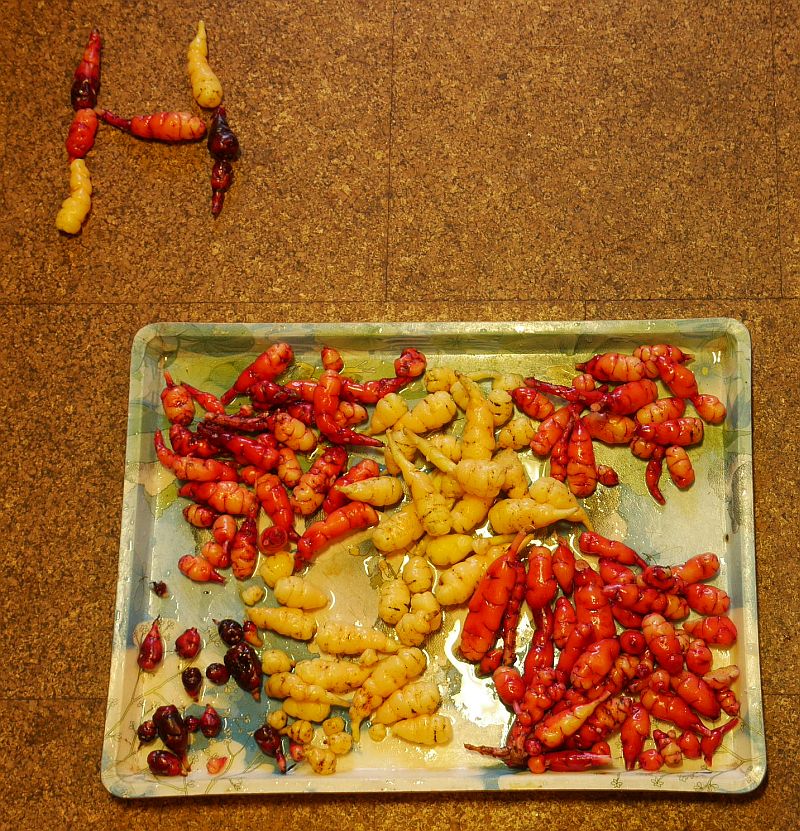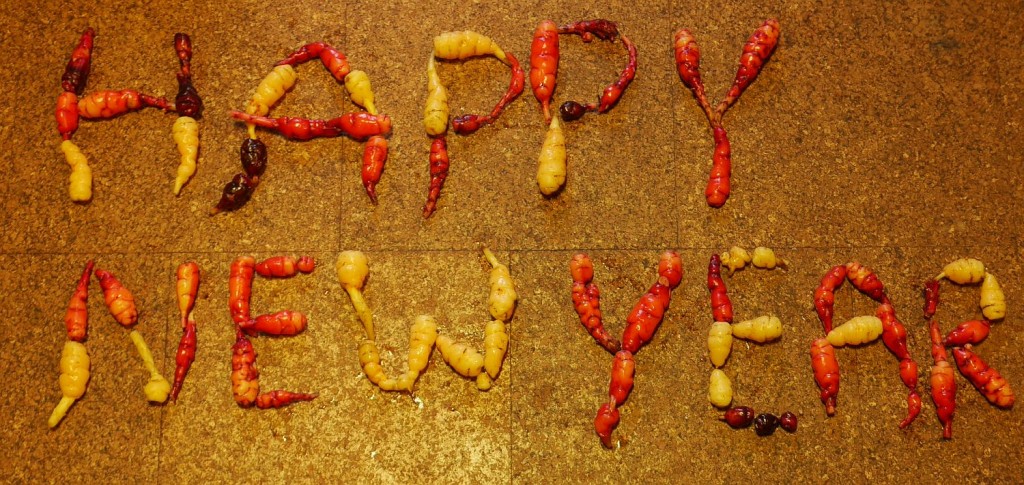Category Archives: Uncategorized
Grain eaters
Protected: Hibiscus winter greeting on Meg’s Sickstieth!
Digging for victory

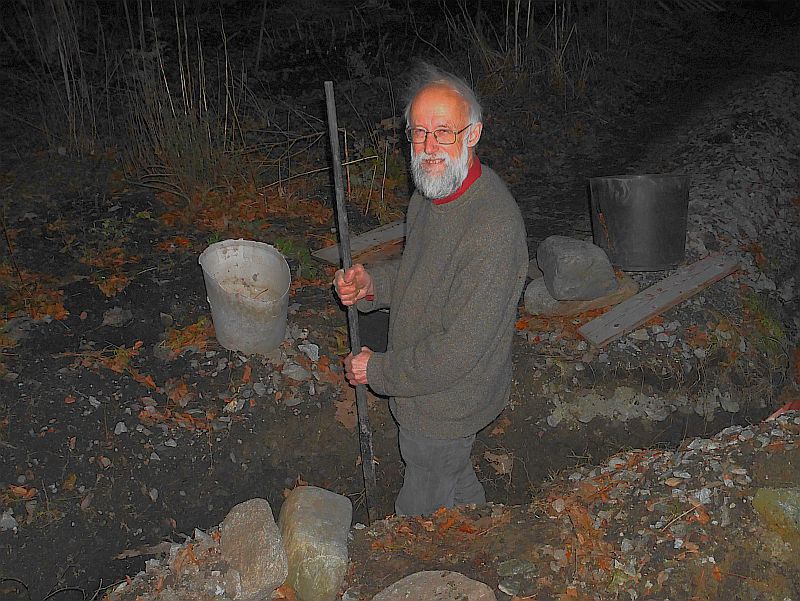
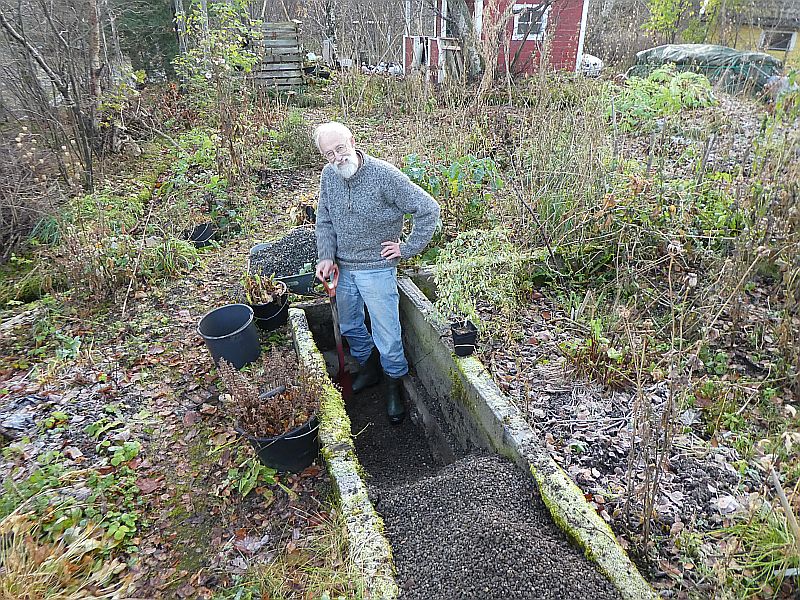
Rampions for dinner: one of the best edientomentals!
The most successful of the half dozen Phyteuma species I’ve tried in my garden has been a plant received as Phyteuma nigrum (syn. Phyteuma spicatum ssp nigrum), black rampion or (Norwegian) svartvadderot. It has much darker flowers than Phyteuma spicatum, sometimes almost black. I planted it from seed propagated plants in 2003 and this picture is from 2006-2007:
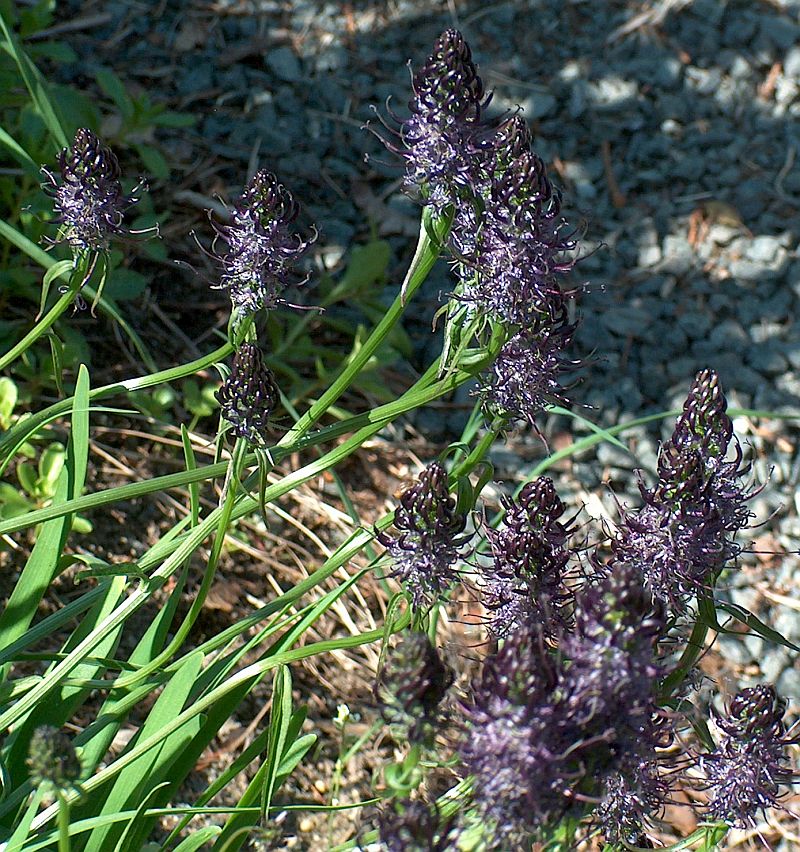
It has self-sowed freely and seems to have crossed with other accessions of Phyteuma spicata with white and blue (ssp. caeruleum) flowers that I have in my garden (these have not self-sowed much) as there is now a mix of colours in the original spot I planted nigrum. Phyteuma spicatum/nigra is also the most popular bee plant in my garden in mid-June and a great edimental (one of the edi-entomentals, plants combining food, ornament as well as good for bees and other pollinators!). Phyteuma spicatum (rapunsel) is a very old root vegetable in Europe, mentioned already in Gerard’s Herball from 1597, but best known as a vegetable in France and Germany! The name rapunsel is related to rapa (turnip) due to its use as a root vegetable!
See my blog post from 23rd June 2017 with pictures and video of black rampion: http://www.edimentals.com/blog/?p=11910
I tried Phyteuma spicatum as a root vegetable in 2013 and was struck by its good sweetish taste:
I harvested a lot of plants this week (late July 2018) while remaking the bed where it was growing and was impressed by the good size of roots and yields, although it is unknown how old the individual plants were (I plan to grow some of the smaller plants elsewhere to see how quickly they grow in a shady area of the garden, as this could be a good forest garden plant, although, like Jerusalem artichoke, plants in the Campanulaceae to which Phyteuma belongs, contain the diabetic friendly but poorly digestable carbohydrate inulin):
The flower heads can also be used as a vegetable, reminiscent of Bath Asparagus flower heads (Ornithogalum pyrenaicum) see the picture from its wiki page:

I saw the plant in the wild for the first time in Austria in the Alps on my Arche Noah tour in 2017 (see http://www.edimentals.com/blog/?p=11483), the white flowered form, growing in open woodlands.
In Norway, it grows wild a few places in southern Norway and has also naturalised in parks, including the great garden at Baroniet Rosendal (see the video and pictures at http://www.edimentals.com/blog/?p=15680). It is also found in the far north of Norway in Finnmark where it naturalised during World War II, introduced by the Germans with horse forage!
The name rapunsel is related to rapa (turnip) due to its use as a root vegetable!
http://www.edimentals.com/blog/?p=11910 (with video)
Other European languages: Raiponce en épi (French), ährige Teufelskralle (German), ährige Rapunzel (Swiss German), and Raponzolo giallo (Italian)
I’ll be offering seed this autumn via Norwegian Seed Savers (KVANN):
Perennialen IV
The 4th Perennialen was the shortest yet, a short visit to Eirik and Hege’s wonderful place and LAND centre at Alvastien in Hardanger after the Nordic Permaculture Festival in Jondal! This year’s participants were Eirik and Hege, Meg, Karoline from Myrrhis in Denmark, Julia Sol and LAND coordinator Helene Bøhler!
Next year will be the 5th Perennialen and we will be inviting you to a road trip around great permaculture sites of Hordaland and Hardanger in May, so watch this space!
Balestrand and the journey to Sogn
Andrew McMillion kindly picked me up early on Friday morning from the night train at Oslo airport and we drove together to the location of the KVANN / Norwegian Seed Savers annual meeting in Leikanger on the Sognefjord. As we were to arrive earlier than the other board members, I suggested going to Balestrand, about an hour further on as I’d heard that Norway’s largest Monkey Puzzle tree (apeskrekk) could be seen there! Andrew didn’t hesitate as he wanted also to go to Balestrand as he actually had family roots just a kilometer away from the tree!! There was much more than that though! It was an amazing day, first the wonderful trip over the mountains in perfect weather…to see what else we experienced, see the album!!
White-tailed eagle pair
Last harvest of 2017 and the most colourful!
Happy New Edimental Year
Wishing all my friends, family and all the amazing folk I’ve met live and online this year a very happy green year in which things WILL begin to change for the better for our wonderful planet earth!
However, things are not changing for the better for ulluco (Ullucus tuberosus) in the bottom row in this animation as this is the last year I’m growing this wonderfully colourful root crop which I’ve been growing now since 2007 (see the comments below for the reason for this!)
The top two rows are oca (Oxalis tuberosus). Both are from the Andes and were harvested yesterday indoors (grown in large pots brought inside before the first frostsin October).
Animation by my daughter Avellana Hazel ![]()

